Vietnam's two largest airports, Noi Bai and Tan Son Nhat, have entered winter with a new operational strategy: reallocating resources, optimizing capacity and shifting the concept of "golden hours" to meet the rapid growth in passenger traffic and aviation activities.
The Civil Aviation Authority of Vietnam has just announced the results of slot confirmation (take-off/landing time) for the 2025/2026 Winter flight schedule, lasting from October 26, 2025 to March 28, 2026. With the sudden increase in travel demand at the end of the year and the Lunar New Year, most airlines have significantly increased their flight schedules.
Tan Son Nhat: Capacity expansion approaching technical limits
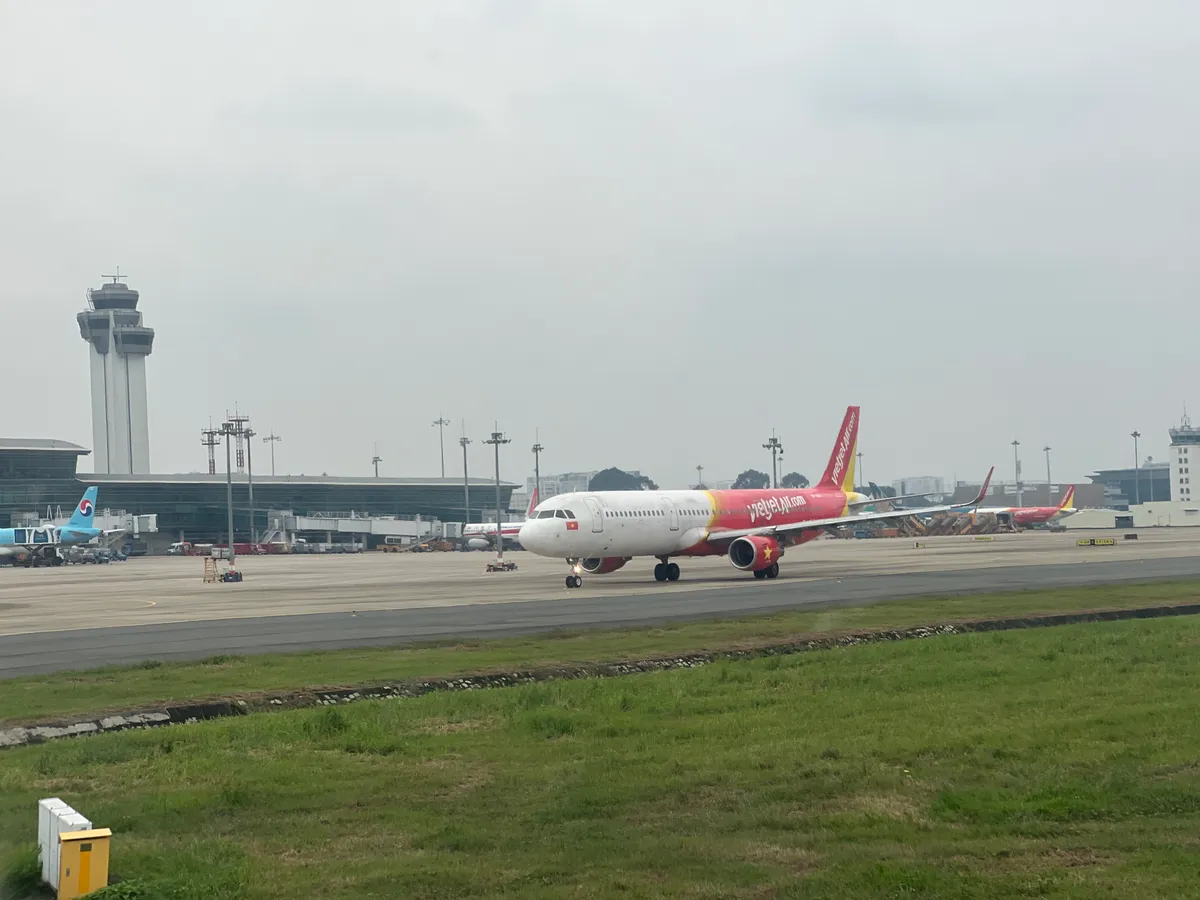
Tan Son Nhat increases flight slots in most time frames in the 2025 Winter flight schedule.
Tan Son Nhat International Airport in Ho Chi Minh City is entering the Winter 2025 season with the highest capacity ever recorded. This shows the pressured infrastructure optimization efforts from the slot coordination agency in the context of demand continuously exceeding the exploitation threshold.
The confirmed slot data for the 2025/2026 Winter season (W25) shows that most of the time bands during the day have been expanded compared to the previous season (W24), with a significant average growth of 3 to 5 slots per hour. As a result, the capacity at some peak times has reached 45-46 flights/hour, a level close to the technical limit of the busiest airport in the country.
In particular, in the 4 - 10 a.m. UTC time range (11 a.m. - 5 p.m. Vietnam time), which is the backbone of North - South and medium-haul international flights, Tan Son Nhat recorded a capacity of 44-46 slots/hour, a sharp increase compared to the previous season's 40-42 slots/hour.
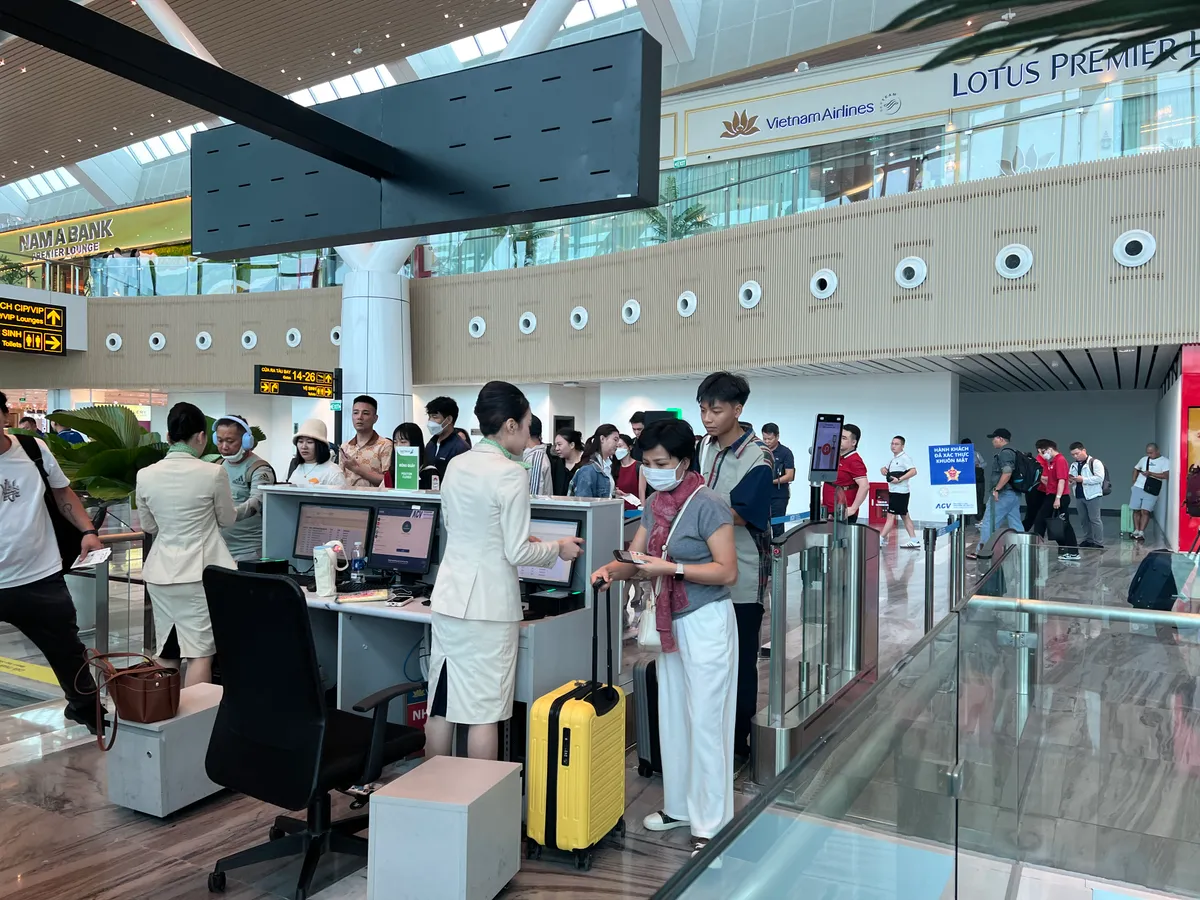
Capacity at some of Tan Son Nhat's peak times, especially during the 2026 Lunar New Year peak, has reached 45-46 flights/hour, a level close to the technical limit of Vietnam's busiest airport.
According to an aviation expert’s analysis, this increase comes from two main drivers. First, operational optimization items such as the effective use of parallel taxiways, take-off/landing time segments, and redesigning domestic flight routes have begun to take effect. Second, the strong increase in slot registrations from international airlines, especially from the Korean, Chinese, Thai and Singaporean markets, when entering the peak tourist season at the end of the year and New Year.
Notably, even the "lowest" time slots, from 20 - 23h UTC (3 - 6h Vietnam), have seen a significant increase in capacity. While in 2024 there were hours with less than 10 slots/hour, in Winter 2025 the allocation was much more stable, fluctuating from 17 - 25 slots. In addition, the uniformity in slot allocation between weekdays was also noted; the 44-46 slots/hour time slots were continuously extended, overcoming the strong fluctuations between the beginning of the week and the end of the week as in W24.
However, this continuous growth also poses many great challenges. With the characteristics of being the airport with the highest exploitation density in the country, limited land fund, and the terminal and parking system often overloaded, Tan Son Nhat always has to face the maximum operational risk.
Noi Bai: Restructuring flight times, creating a "second golden hour" at night and early afternoon

In addition to increasing night flights, Noi Bai also significantly expands its operating capacity in two transition slots, early morning and early afternoon, in the 2025/2026 winter flight schedule.
If Tan Son Nhat chooses a strategy of even expansion, Noi Bai International Airport will enter the Winter season 2025/2026 (W25) with a clearly "restructuring" slot adjustment strategy. Instead of focusing on increasing peak hours, the coordinating agency has shifted its focus to time frames that were once considered "low hours", creating new capacity sources to help reduce load and optimize 24/7 operating capacity.
The total number of slots at Noi Bai has increased from 658 slots/day (W24) to 706 slots/day (W25), equivalent to an increase of about 7.34%.
The most obvious breakthrough is in the night time group from 8pm - 3am. The 9pm time slot every day increased by 49.42%, the strongest increase in the entire 24 hours. Next, the 00h slot increased by 43.13%, the 01h slot increased by 37.52% and the 2h slot increased by 34%. Promoting night operations not only disperses pressure from morning and afternoon hours, but also conforms to the operating rules of major international airports, taking advantage of night capacity for long-haul connecting flights.
Not stopping there, Noi Bai also significantly expanded its exploitation capacity in two transitional frames: early morning and early afternoon. The 5am frame, mainly serving domestic flights departing early, has increased by 30.11% in W25. Notably, the 13-14h group, which used to be a gap due to ground operations needing a break, has now also increased by 43.13% and 34.71% respectively, turning noon into the "second golden hour" of the exploitation day.
The 11pm slot each day has a sharp decrease in flight slots, at about 29.33%. Experts say this gap is created so that the airport can spend time on technical maintenance at the end of the day, and at the same time avoid overloading at the time of the day change.
According to the assessment, the shift from "expanding peak hours" to "maximizing off-peak hours" at Noi Bai helps airlines have more suitable flight time options. This helps Noi Bai's operating model gradually approach regional transit airports such as Changi or Incheon, airports that operate 24/7 with flat traffic charts and high efficiency. This change not only optimizes infrastructure, reduces peak hour pressure, and improves punctuality, but also creates room for opening more routes, especially international routes.
Source: https://vtv.vn/nhu-cau-vuot-nguong-noi-bai-va-tan-son-nhat-dieu-chinh-slot-bay-gio-vang-100251119133143072.htm



![[Photo] Lam Dong: Panoramic view of Lien Khuong waterfall rolling like never before](/_next/image?url=https%3A%2F%2Fvphoto.vietnam.vn%2Fthumb%2F1200x675%2Fvietnam%2Fresource%2FIMAGE%2F2025%2F11%2F20%2F1763633331783_lk7-jpg.webp&w=3840&q=75)
![[Photo] National Assembly Chairman Tran Thanh Man holds talks with South Korean National Assembly Chairman Woo Won Shik](/_next/image?url=https%3A%2F%2Fvphoto.vietnam.vn%2Fthumb%2F1200x675%2Fvietnam%2Fresource%2FIMAGE%2F2025%2F11%2F20%2F1763629724919_hq-5175-jpg.webp&w=3840&q=75)
![[Photo] President Luong Cuong receives President of the Senate of the Czech Republic Milos Vystrcil](/_next/image?url=https%3A%2F%2Fvphoto.vietnam.vn%2Fthumb%2F1200x675%2Fvietnam%2Fresource%2FIMAGE%2F2025%2F11%2F20%2F1763629737266_ndo_br_1-jpg.webp&w=3840&q=75)



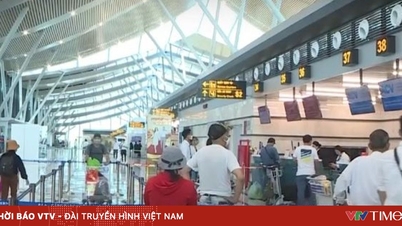
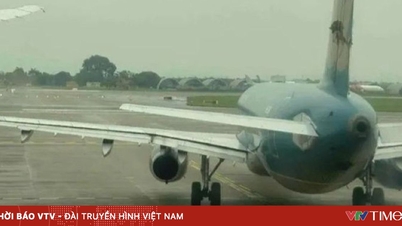
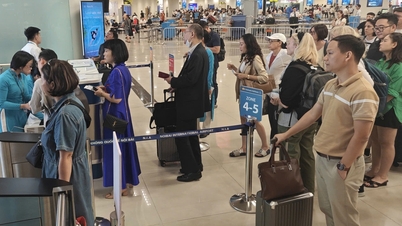

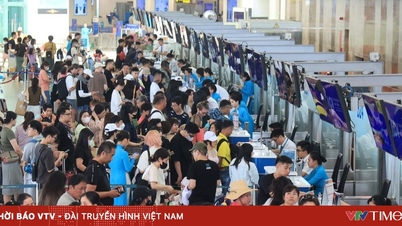





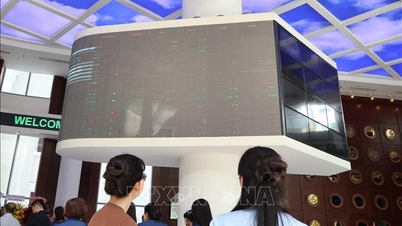







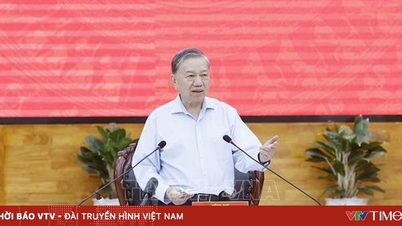











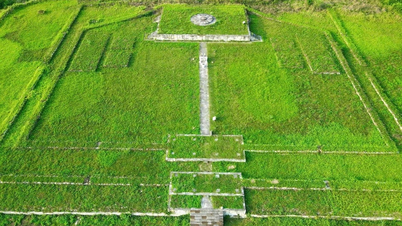






























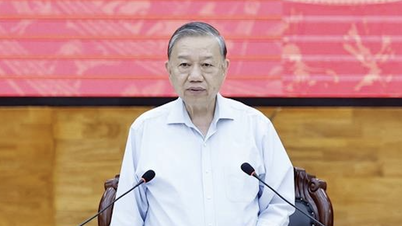


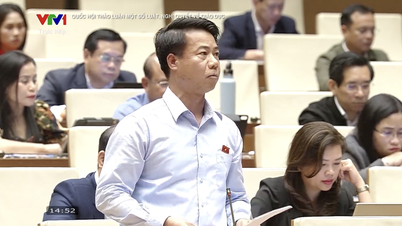






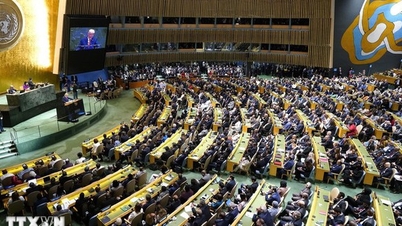



























Comment (0)